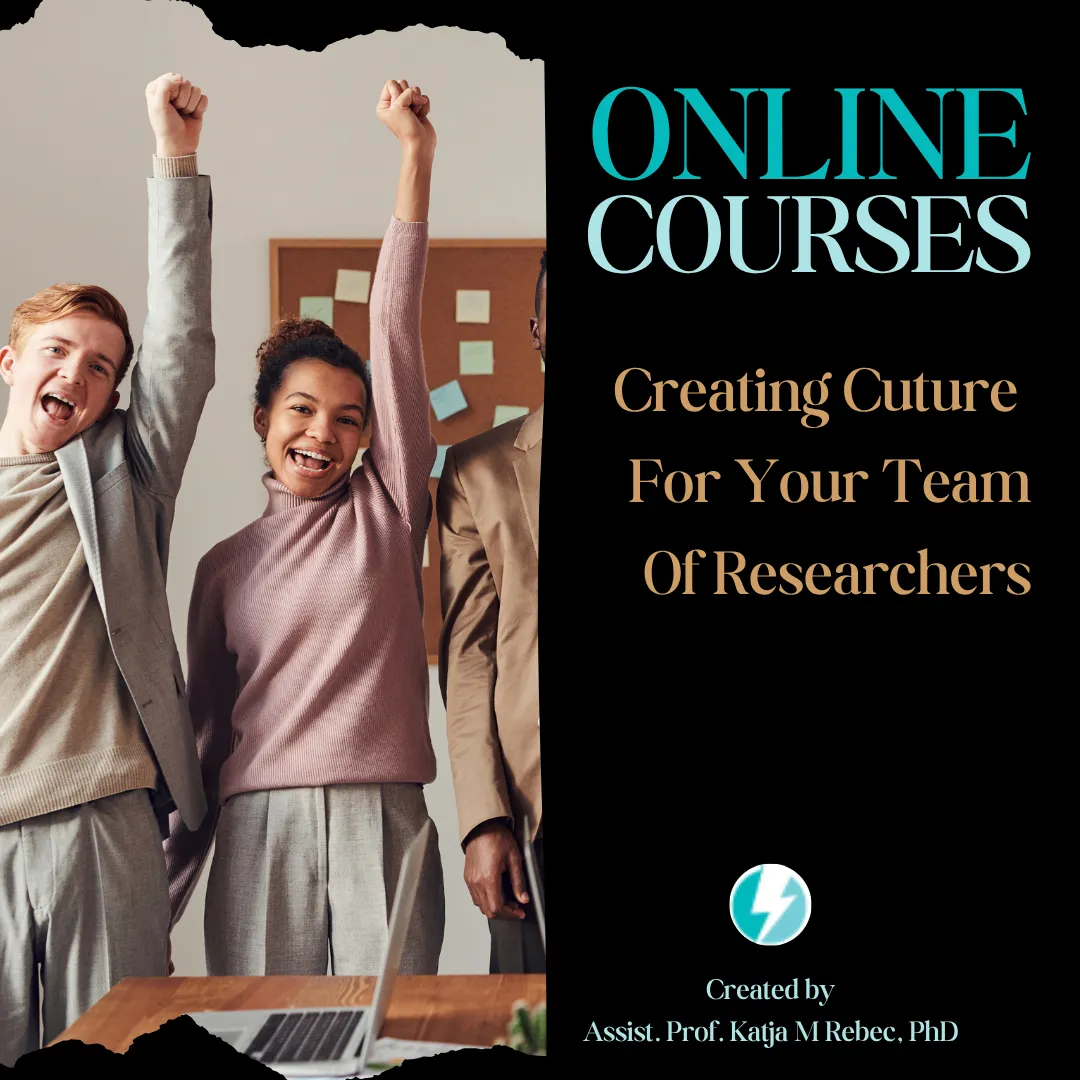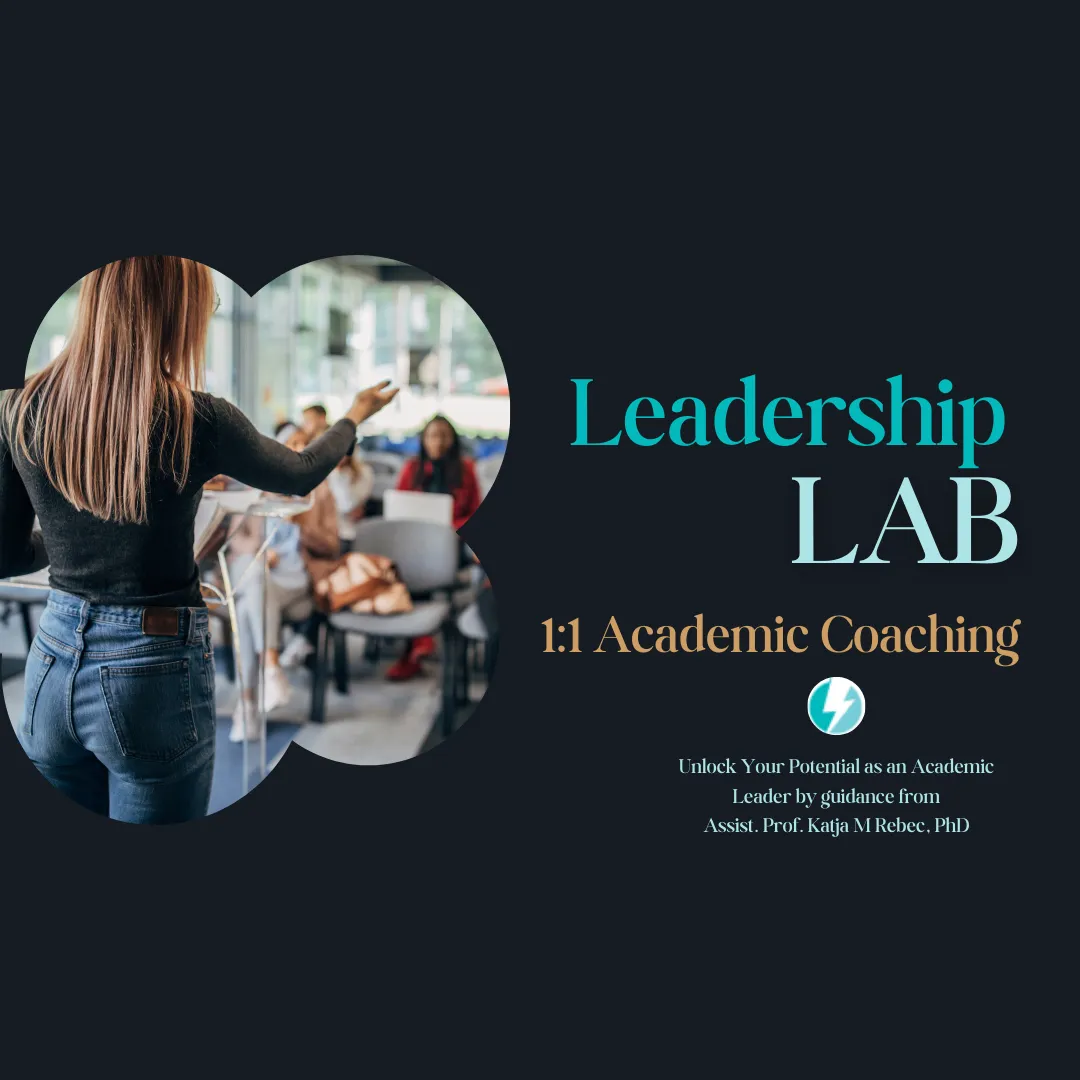How to simplify our language and engage with diverse audiences?
A lot of groundbreaking scientific discoveries remain misunderstood or ignored—not because they lack importance, but because they are buried under jargon and overly technical language. This is the harsh reality many researchers face every day as they struggle to connect their work with society.
Science is meant to enlighten, inspire, and inform. Yet, the way it’s often communicated creates barriers instead of bridges. Overly technical language and dense methodologies can alienate non-specialist audiences, leaving critical findings inaccessible to policymakers, educators, and the public.
The result?
A disconnect between science and society that breeds misunderstanding and mistrust..Many scientists are trained to write for academic journals but not for broader audiences. Jargon-filled presentations may impress peers but fail to engage stakeholders or inspire action. Even well-intentioned efforts at outreach can fall flat if the message isn’t tailored to the audience’s needs or level of understanding.This disconnect has real consequences.
Miscommunication allows misinformation to thrive, as seen during the COVID-19 pandemic when scientific nuances were lost in translation. Public support for research diminishes when people can’t see its relevance to their lives. And scientists themselves miss opportunities to build trust and demonstrate the value of their work.
How many times have you struggled to explain your research to a friend or family member?
How often have you seen your findings misrepresented in the media?
It’s frustrating—and frankly, it’s unfair.
You became a scientist to make a difference, not to have your work misunderstood or dismissed.
Don’t Be Such a Scientist by Randy Olson can teach you storytelling. When science is miscommunicated, the consequences ripple across society. Public trust in science erodes, evidence-based policies falter, and misinformation fills the void left by inaccessible research. Scientists deserve tools and training that empower them to share their work clearly and in a compelling way.
I know that the system forces researchers to build walls instead of bridges—isolating science instead of integrating it into society. But you are free to do it your way.
So, how to simplify language and engage diverse audiences in 5 (not so easy, but quite simple) steps:
1. Know your audience
Tailor your message based on who you’re speaking with—whether it’s policymakers, students, or the general public. Use plain language that resonates with their experiences.
2. Avoid jargon
Replace technical terms with analogies or everyday examples that make complex concepts relatable. For instance, comparing DNA replication to a photocopier can simplify understanding.
3. Tell stories
Humanize your research by sharing personal anecdotes or real-world applications. Stories make data memorable and engaging.
4. Use great visuals
Infographics, charts, and videos can simplify complex ideas while capturing attention. A well-designed visual can communicate more than paragraphs of text.
5. Learn active listening
Communication is a two-way street. Social media platforms, blogs, and webinars provide opportunities to reach wider audiences in creative ways.
It’s time for change—not just within science communication but within your approach as a researcher.
You have the power to make your work accessible without compromising its integrity.Imagine what you could achieve if everyone understood the significance of your discoveries. By simplifying your language and engaging diverse audiences, you can bridge the gap between science and society—transforming not just how research is communicated but how it impacts the world.
Join our community of scientists unlocking leadership potential, mastering collaboration, and shaping the future of research. Subscribe below.



We can help you in 3 ways:
Join a supportive community of like-minded researchers and scientists.
Deep-dive into specific topics with expert-led
sessions that inspire actionable change.
Get personalized guidance tailored to your unique challenges and aspirations.

© 2024 STRATOSFERA
